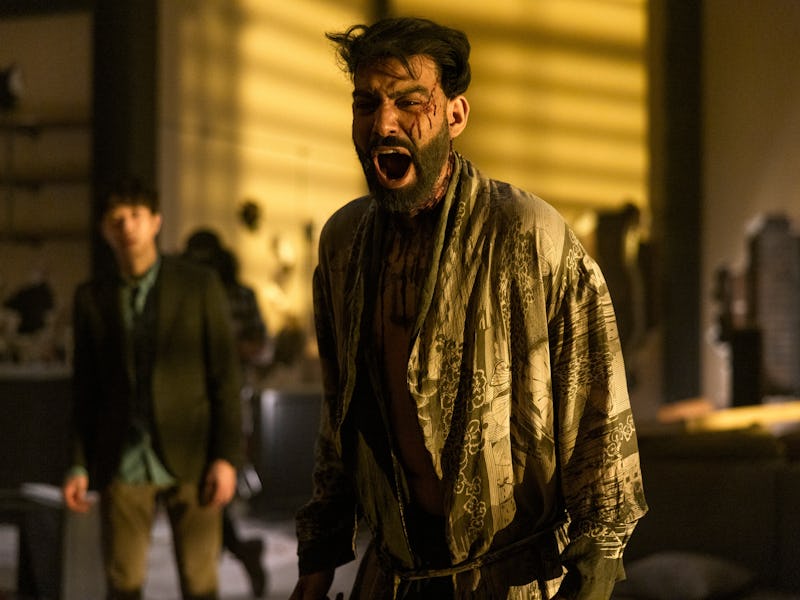The Best Netflix Thriller of the Year Reveals a Controversial New Trend
Mike Flanagan has opened the chamber door to a new style of adaptation.

Mike Flanagan is a man of transformation. His original work for Netflix, Midnight Mass, became an instant hit, but he really shines when he’s given some source material to work with, be it a Stephen King novel or an old horror classic. Now, in his more recent works, Flanagan has developed a new way to adapt the classics. The experiment pays off in his last Netflix series, which derives from classic literature without being derivative.
Flanagan’s Netflix run began with The Haunting of Hill House, based on Shirley Jackson’s novel, but he tried something new with the second Haunting series, The Haunting of Bly Manor. While the title comes from Henry James’ influential novella The Turn of the Screw, the story was a sprawling epic that took notes from a variety of James’ novels.
The Haunting of Bly Manor was the first Flanagan series to adapt more than one work by the same author.
Instead of focusing on one work, Flanagan engineered a multi-layered story structure, where inside the main adaptation are side plots and flashbacks adapting other parts of James’ bibliography. This idea was iterated on in The Midnight Club, which took horror author Christopher Pike’s portfolio and turned it into a semi-anthology. The show’s framing device, which follows teens in a hospice telling scary stories to each other, was based on one of Pike’s novels, while each of the stories they told was based on another.
The Fall of the House of Usher perfected this model. Edgar Allan Poe produced a diverse body of stories and poems, and while “The Fall of the House of Usher” inspires the framing device of a doomed pharma family, other stories fuel each episode and each Usher’s demise.
These adaptations range from faithful (Victorine’s “The Tell-Tale Heart” adaptation) to very loose (“The Goldbug” goes from a cryptography-tinged travelogue to a wellness girlboss fable), but each pays homage to their source material through a new addition to Flanagan’s formula: lots and lots of Easter eggs. Every major character is named in reference to Poe’s work, and even Camille’s catchphrase, “Toby dammit,” refers to a character in Poe’s “Never Bet the Devil Your Head.”
Did you catch that Verna’s name is an anagram of Raven?
While this is Flanagan’s last Netflix series (he’s moved to Prime Video to try to tackle The Dark Tower), this adaptation style could (and should_ become an entire Netflix microgenre. The streamer owns Roald Dahl’s entire catalog, and after the success of Wes Anderson’s short story adaptations, it’s the perfect choice for a semi-anthologized adaptation. Just take his short story “The Great Automatic Grammatizator,” about a machine that can write stories, and use it as a framing device for more short stories.
The public domain also offers plenty of famous portfolios that would make a great Flanagan-esque series, even if they’re not explicitly horror. A whole new generation could be introduced to the work of Austen, Shakespeare, Doyle, or Dickens through a series in this same vein. Flanagan may be leaving Netflix, but it’s unlikely we’ve seen the last of his influence on TV adaptations as a whole.